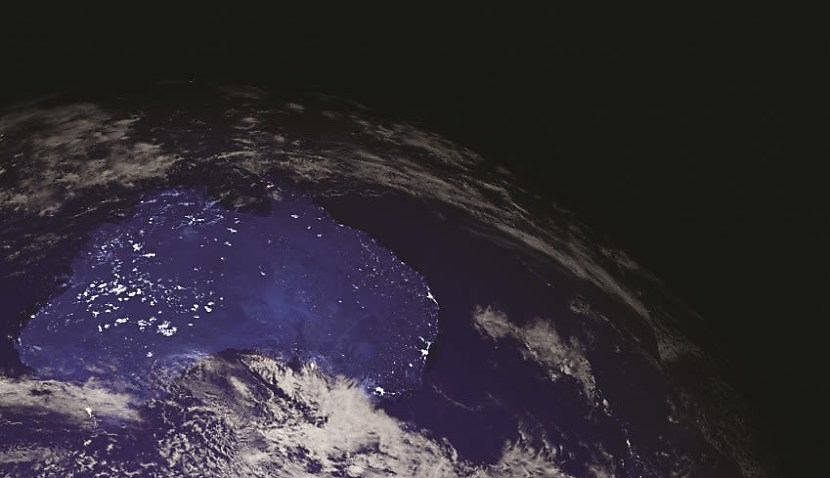
The research may provide invaluable clues to planetary scientists studying the formation of not just Earth, but other planets within our solar system.
The paper was published in Earth and Planetary Science Letters and sheds light on how Earth’s continents were originally formed.
The team’s lead researcher, Dr Michael Hartnady, from Curtin’s School of Earth and Planetary Sciences, emphasised the importance of the Earth’s early deep-water cycle.
“Although we understand the modern deep-water cycle, we know very little about how it worked when Earth was still a very young planet,” Hartnady said.
The deep-water cycle under the Earth’s crust has important effects on a range of geographical features, from where volcanoes are formed, and mineral deposits are located to the areas in which earthquakes are more likely to occur.
There was already pre-existing evidence of water present deep within Earth’s crust about 3.5 billion years ago, but it wasn’t entirely known how it arrived there.
The team at Curtin set out to answer this question using sophisticated modelling techniques. They found that primitive high-magnesium volcanic rocks were likely to have soaked up much more seawater than the lava that exists today.
These rocks would have then eventually erupted onto the ocean floor billions of years ago.
“Our findings indicate that much of the seawater initially bound within the ancient primitive lavas would have been released at much higher temperatures, greater than 700 degrees Celsius.
“Importantly, this means that the water was transported much deeper into the early Earth than previously thought. Its release would have caused surrounding rocks to melt, ultimately to form the continents.”
Hartnady said his team’s findings will be helpful for further studies of the Earth’s crust and the inner workings of the planet around 2.5 billion years ago.
But the data could also be helpful for planetary scientists looking further afield. Understanding the early deep-water cycle of Earth could prove particularly useful in relation to studying Mars.
Just recently, an international team of scientists, including University of Southern Queensland’s Professor Graziella Caprarelli, moved a step closer to proving the existence of massive “underground lakes” underneath the south pole of Mars.

Liam McAneny
Liam McAneny is a journalist who has written and edited for his University International Relations journal. He graduated with a Bachelor of Arts (International Relations) and Bachelor of Laws from the University of Wollongong in 2021. He joined Momentum Media in 2022 and currently writes for SpaceConnect and Australian Aviation. Liam has a keen interest in geopolitics and international relations as well as astronomy.
Send Liam an email at: [email protected]
Receive the latest developments and updates on Australia’s space industry direct to your inbox. Subscribe today to Space Connect here.









